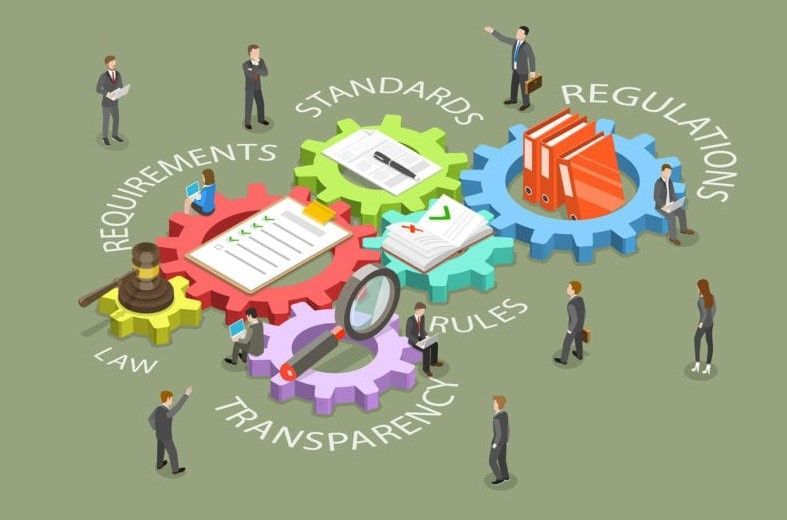Disruptor or Disrupted: Which Will Your Business Be?
October 15, 2025
n September, I moderated a panel on market disruption for about 40 middle-market business owners, CEOs, and presidents. Information and insights came not only from the expert panel members (listed below) but also from the senior leadership audience.
The panel was part of a larger, day-long event attended by 125 C-suite leaders who networked, heard speakers, and shared experiences. The day was hosted by The Entrepreneurship Institute at the University of Chicago’s Gleacher Center.
An important takeaway was that while many disruptions are caused by new technology products or processes, many are not. One by one traditional markets are being disrupted not only by technology but also by product design, channel re-configuration, and other factors. Take razors and razor blades, for instance.
Large legacy firms like Gillette and Schick have long sold shaving products via retail channel partners such as grocery stores and drugstores. Enter subscription shaving services. They jump over retail outlets and sell directly to consumers. (Harry’s and Dollar Shave Club are two of the best known.)
Key Point: Disruption in this case comes not from technology but from the old-fashioned ways: channel, product, and pricing.
These disruptor companies compete by forgoing mark-ups required for retail sales (hence, a lower price), claiming to provide a better product, and eliminating all the hassle. Gone are the days of remembering to get new razors and, for some of us, remembering which type or even which brand we’re using. And, oh yes, you don’t have to leave your home to make the purchase.
Legacy companies are now following suit. Why didn’t they do so earlier? Several good reasons, no doubt, but were they worth it? The subscription services are not only siphoning off customers but also stealing a generation of consumers already inclined to buy online. In addition, the big guys probably scrambled to meet the threat, which is generally inefficient and entails both financial and opportunity costs.
Warning: Don’t think something similar can’t happen to you.
That’s why a bigger-picture strategic approach makes sense, the panel concluded. Companies can use strategic direction tools such as risk assessment, scenario planning, and environmental scanning to get a firm understanding of their place in their industry and their industry’s place in the business environment. Here’s how to get started.
Think about disruption as an ongoing challenge and opportunity. Then get the information you need:
| • | Understand the dissatisfactions and wishes of your customers. Receiving continual feedback is essential: advisory boards, online communities, direct surveys, and interactions are good sources. |
| • | Stay abreast of new technologies, inventions, and processes to apply to your products or services to improve your customers’ experiences with your company. |
| • | Explore adjacent customer markets that might value similar or enhanced versions of your products and services. |
Take action on different fronts and in different ways:
| • | Align sales and marketing. They must learn how to complement each other with shared information from the field, shared planning, and shared evaluations. If they understand their role, for example, salespeople are a solid source of intelligence on trends, opportunities, and threats. Marketers must leverage that intelligence to boost sales. |
| • | Map market service flows. This approach can reveal opportunities to disintermediate or be disintermediated. Look at services in the supply chain provided by companies ahead, adjacent, or behind you. Could you provide those services better? |
| • | Conduct “war games.” Internal leadership teams assume roles of your competitors and develop ways to take business from you. Front-line people can be valuable team members, too. |
Even innovative industry leaders whose advances primarily meet performance needs of their high-end customers can be vulnerable. Disruptor companies (subscription shaving clubs, for example) may bring in less expensive, easier-to-use solutions at the low end of the market. Head them off by re-examining your product design and redesign routines with disruption in mind. Other sources of new ideas and ways of thinking include crowdsourcing, social media, and academic research. Clearly, you have to pick your battles. The big-picture review we mentioned earlier can help guide your efforts.
Much disruptive change does, of course, originate in the technology world, and the panel addressed that fact. What are some disruptive technologies that might affect your business or industry?
You’ve no doubt heard about artificial intelligence (AI) and machine learning, robotics and additive manufacturing, drones and self’driving cars. Others include:
| 1. | Internet of Things (IoT): The interconnection via the Internet of computing devices embedded in everyday objects, enabling them to send and receive data. Think “smart house.” |
| 2. | Hyperloop and Hyperloop One: A hyperloop is a developing mode of transportation that moves an electromagnetically levitated pod through a sealed tube without air resistance. It’s silent at up to 670 miles per hour. Think “railroad trains on steroids” without the rails. Hyperloop One is a company developing hyperloop technology. |
| 3. | Blockchain: The blockchain is a “distributed database.” It independently verifies the chain of ownership of all bitcoin amounts. More specifically, it’s a continuously growing list of records, or “blocks,” linked and secured using cryptography. A digital payment system and cryptocurrency, bitcoin is generally known as the first decentralized digital currency because it has no single administrator or central repository. |
Finally, companies that do come up with disruptive products or services don’t always know how to communicate their value. While they can inform prospects about the products, they can’t persuade them to buy. Lack of consultative selling skills and a custom sales process can prove fatal, no matter strong the product or service. However, that’s where our popular consultative sales training course, FOCIS® can help. No technology required.
To learn more please contact us at 847-446-0008 or pkrone@productivestrategies.com.
The Market Disruption Panel
Andy Berberich, INTEGRIS Engineering, www.integrisgp.com
;
Kim Feil, bizHive, www.bizhive.com
;
Diane Meister, Meridian Associates, www.meridianai.com
The post Disruptor or Disrupted: Which Will Your Business Be? appeared first on Productive Strategies, Inc..










